What is the best way to get published? It’s a question that has fueled endless debates in writing circles, workshops, and late-night coffee shop conversations. For writers, the dream of seeing their words bound between covers can feel like both a tantalizing goal and an insurmountable challenge. With options ranging from traditional publishing to self-publishing, navigating the industry can feel like embarking on a labyrinth with no clear exit. Understanding the distinctions and processes involved in each path is crucial to making informed decisions.
The Traditional Route: A Dance with Gatekeepers
 Traditional publishing is the well-trodden path of literary giants and debut authors alike. It typically begins with a polished manuscript and a carefully crafted query letter, sent to a literary agent who specializes in the writer’s genre. Agents act as gatekeepers and champions, helping authors refine their work and securing deals with publishing houses.
Traditional publishing is the well-trodden path of literary giants and debut authors alike. It typically begins with a polished manuscript and a carefully crafted query letter, sent to a literary agent who specializes in the writer’s genre. Agents act as gatekeepers and champions, helping authors refine their work and securing deals with publishing houses.
Agents look for marketable, well-written works that align with current industry trends, and writers often face a string of rejections before landing representation. J.K. Rowling famously endured multiple rejections before Harry Potter and the Philosopher’s Stone found a home. Her persistence is a testament to the resilience required to succeed in this arena.
Once represented, authors work with their agents to pitch their manuscripts to editors at publishing houses. If a deal is struck, the publisher takes on responsibilities such as editing, marketing, distribution, and cover design. Authors often receive an advance against royalties, though advances can vary widely, and royalties typically range between 5% and 15% of net sales.
While traditional publishing offers prestige, wider distribution, and access to professional marketing, it’s also a slow process. From signing with an agent to seeing a book on shelves, the timeline can stretch over years.
Self-Publishing: The DIY Revolution
The rise of digital platforms like Amazon Kindle Direct Publishing (KDP), IngramSpark, and Smashwords has democratized the publishing landscape, giving writers the tools to bypass traditional gatekeepers. Self-publishing offers unparalleled creative control—authors decide everything, from cover design to pricing.
This model requires a significant upfront investment of time and money. Writers often hire freelance editors, cover designers, and marketing specialists to ensure their book competes with traditionally published titles. Christopher Paolini’s Eragon, initially self-published, gained widespread attention and was later picked up by Knopf, becoming a bestseller and inspiring a movie adaptation. His journey highlights how self-publishing can lead to significant opportunities for authors willing to put in the work.
Platforms like KDP allow authors to earn up to 70% in royalties, far surpassing traditional rates. However, self-published authors must manage every aspect of the publishing process, from formatting to advertising. Success in self-publishing demands not just a great book but also business acumen and relentless self-promotion.
The Hybrid Model: Best of Both Worlds?
Some writers explore a hybrid approach, blending elements of traditional and self-publishing. Hybrid publishers often charge a fee or share production costs but provide professional editing, design, and marketing services. For writers who want guidance without relinquishing creative control, this can be an attractive option. However, aspiring authors should research thoroughly—some hybrid publishers operate closer to vanity presses, prioritizing profit over quality.
Navigating Literary Agents
For those pursuing traditional publishing, finding a literary agent can feel like online dating—filled with hope, rejection, and occasional ghosting. Reputable agents do not charge upfront fees and earn 15% of what their authors make. Resources like The Writer’s Market and the Association of Authors’ Representatives can help writers identify legitimate agents.
Crafting a standout query letter is essential. A great query should succinctly introduce the manuscript, highlight its unique selling points, and convey the writer’s professionalism. Personalized pitches, referencing an agent’s past projects or stated preferences, often have better success rates.
Building Your Author Platform
Regardless of the publishing route, cultivating an audience is vital. Social media, blogs, and email newsletters allow writers to connect directly with readers. Agents and publishers often assess an author’s platform when considering their work. Nonfiction authors, in particular, benefit from a robust online presence, as it demonstrates their authority and ability to promote their books.
The Emotional Journey
Publishing is as much an emotional journey as it is a professional endeavor. Writers pour their souls into their work, and rejections can sting deeply. Yet each rejection is a stepping stone, a reminder to refine and persevere. John Grisham’s A Time to Kill was rejected by 28 publishers before it found an audience.
Conclusion: A Path Worth Treading
There is no one-size-fits-all answer to getting published. Each path—traditional, self, or hybrid—offers unique opportunities and challenges. The key lies in understanding one’s goals, researching the industry, and embracing the process with patience and determination.
Publishing is not just about reaching the finish line but about growing as a writer and connecting with readers along the way. Whether signing a contract with a major house or uploading a manuscript to KDP, the act of sharing one’s story is a profound accomplishment. And that, in itself, is a journey worth taking.
How to Publish Your Book, On Your Own, Without A Publisher https://youtu.be/SkQy25JCgyc
We Don’t Want to Write the Laws; We Want to Publish the Books
Publication Consultants: The Synonym for Book Publishing—https://publicationconsultants.com



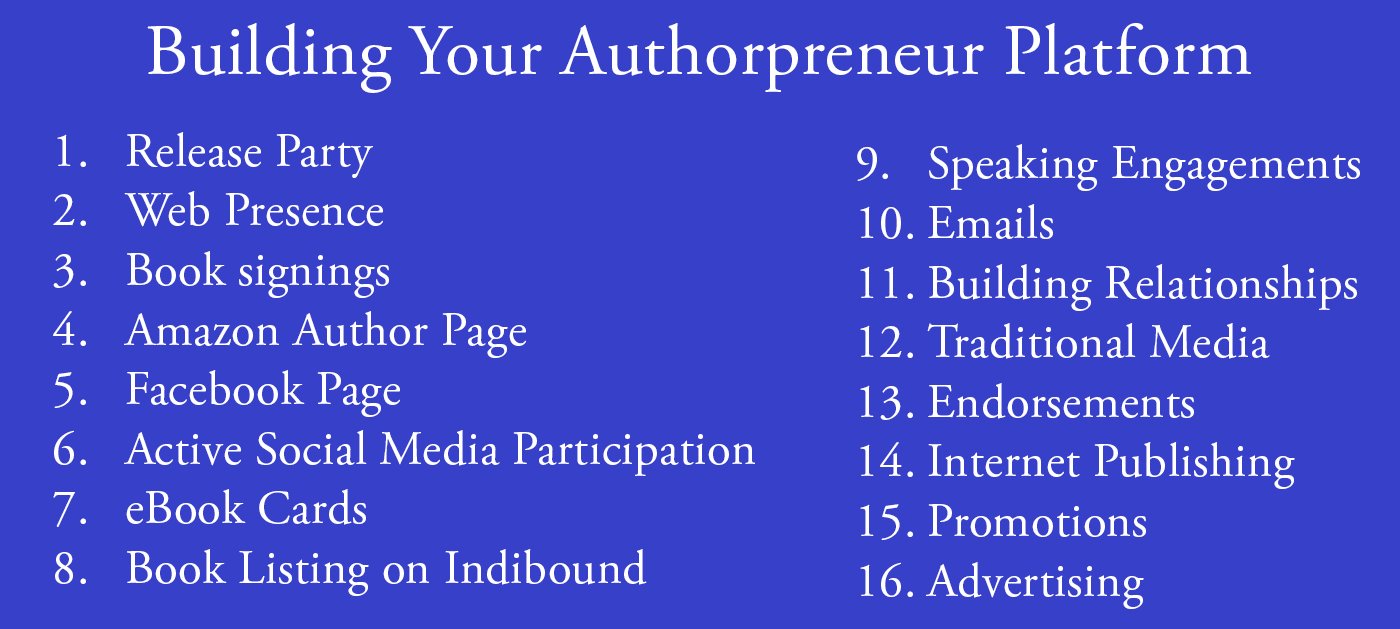
 This is Publication Consultants’ motivation for constantly striving to assist authors sell and market their books. Author Campaign Method (ACM) of sales and marketing is Publication Consultants’ plan to accomplish this so that our authors’ books have a reasonable opportunity for success. We know the difference between motion and direction. ACM is direction! ACM is the process for authorpreneurs who are serious about bringing their books to market. ACM is a boon for them.
This is Publication Consultants’ motivation for constantly striving to assist authors sell and market their books. Author Campaign Method (ACM) of sales and marketing is Publication Consultants’ plan to accomplish this so that our authors’ books have a reasonable opportunity for success. We know the difference between motion and direction. ACM is direction! ACM is the process for authorpreneurs who are serious about bringing their books to market. ACM is a boon for them. Release Party
Release Party Web Presence
Web Presence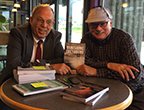 Book Signings
Book Signings Facebook Profile and Facebook Page
Facebook Profile and Facebook Page Active Social Media Participation
Active Social Media Participation Ebook Cards
Ebook Cards The Great Alaska Book Fair: October 8, 2016
The Great Alaska Book Fair: October 8, 2016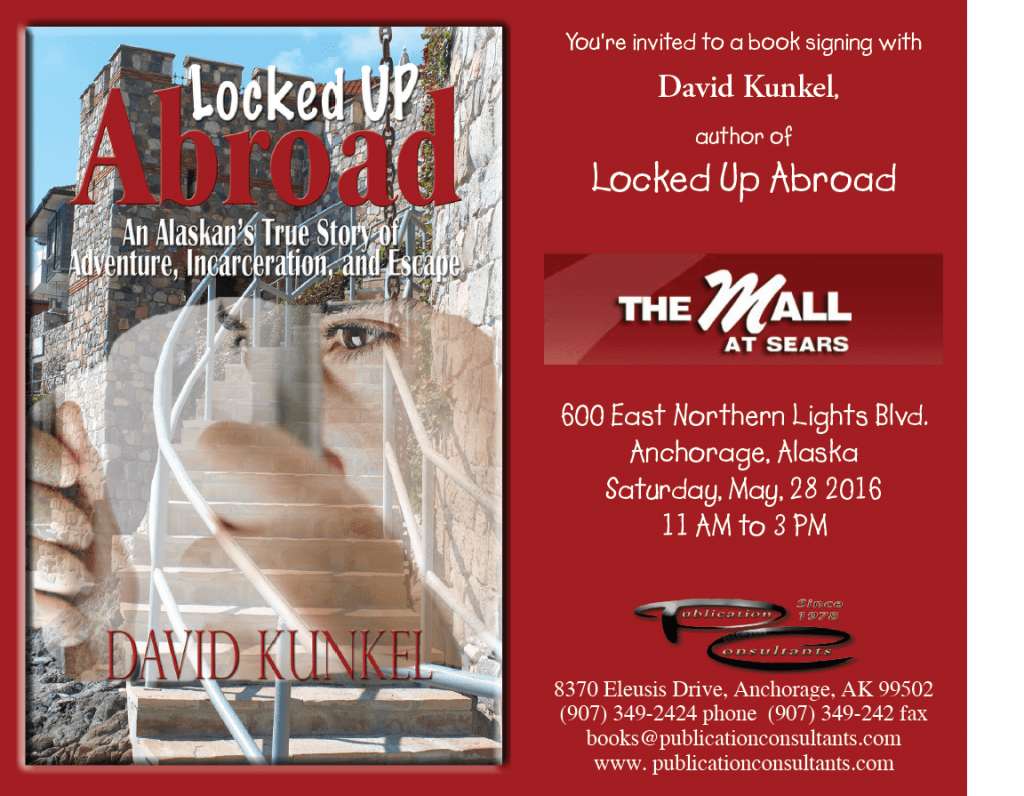


 Costco Book Signings
Costco Book Signings eBook Cards
eBook Cards

 Benjamin Franklin Award
Benjamin Franklin Award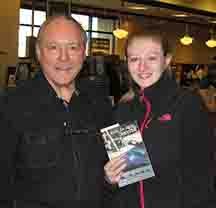 Jim Misko Book Signing at Barnes and Noble
Jim Misko Book Signing at Barnes and Noble
 Cortex is for serious authors and will probably not be of interest to hobbyists. We recorded our Cortex training and information meeting. If you’re a serious author, and did not attend the meeting, and would like to review the training information, kindly let us know. Authors are required to have a Facebook author page to use Cortex.
Cortex is for serious authors and will probably not be of interest to hobbyists. We recorded our Cortex training and information meeting. If you’re a serious author, and did not attend the meeting, and would like to review the training information, kindly let us know. Authors are required to have a Facebook author page to use Cortex. Correction:
Correction: This is Publication Consultants’ motivation for constantly striving to assist authors sell and market their books. ACM is Publication Consultants’ plan to accomplish this so that our authors’ books have a reasonable opportunity for success. We know the difference between motion and direction. ACM is direction! ACM is the process for authors who are serious about bringing their books to market. ACM is a boon for serious authors, but a burden for hobbyist. We don’t recommend ACM for hobbyists.
This is Publication Consultants’ motivation for constantly striving to assist authors sell and market their books. ACM is Publication Consultants’ plan to accomplish this so that our authors’ books have a reasonable opportunity for success. We know the difference between motion and direction. ACM is direction! ACM is the process for authors who are serious about bringing their books to market. ACM is a boon for serious authors, but a burden for hobbyist. We don’t recommend ACM for hobbyists.

 We’re the only publisher we know of that provides authors with book signing opportunities. Book signing are appropriate for hobbyist and essential for serious authors. To schedule a book signing kindly go to our website, <
We’re the only publisher we know of that provides authors with book signing opportunities. Book signing are appropriate for hobbyist and essential for serious authors. To schedule a book signing kindly go to our website, < We hear authors complain about all the personal stuff on Facebook. Most of these complaints are because the author doesn’t understand the difference difference between a Facebook profile and a Facebook page. Simply put, a profile is for personal things for friends and family; a page is for business. If your book is just a hobby, then it’s fine to have only a Facebook profile and make your posts for friends and family; however, if you’re serious about your writing, and it’s a business with you, or you want it to be business, then you need a Facebook page as an author. It’s simple to tell if it’s a page or a profile. A profile shows how many friends and a page shows how many likes. Here’s a link <> to a straight forward description on how to set up your author Facebook page.
We hear authors complain about all the personal stuff on Facebook. Most of these complaints are because the author doesn’t understand the difference difference between a Facebook profile and a Facebook page. Simply put, a profile is for personal things for friends and family; a page is for business. If your book is just a hobby, then it’s fine to have only a Facebook profile and make your posts for friends and family; however, if you’re serious about your writing, and it’s a business with you, or you want it to be business, then you need a Facebook page as an author. It’s simple to tell if it’s a page or a profile. A profile shows how many friends and a page shows how many likes. Here’s a link <> to a straight forward description on how to set up your author Facebook page.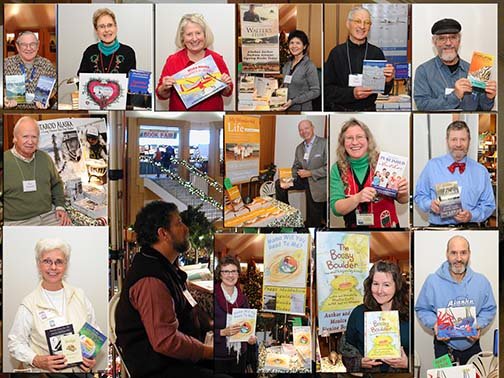



 Mosquito Books has a new location in the Anchorage international airport and is available for signings with 21 days notice. Jim Misko had a signing there yesterday. His signing report included these words, “Had the best day ever at the airport . . ..”
Mosquito Books has a new location in the Anchorage international airport and is available for signings with 21 days notice. Jim Misko had a signing there yesterday. His signing report included these words, “Had the best day ever at the airport . . ..”


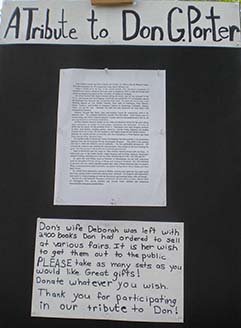
 The Lyin Kings: The Wannabe World Leaders
The Lyin Kings: The Wannabe World Leaders
 Time and Tide
Time and Tide


 ReadAlaska 2014
ReadAlaska 2014 Readerlink and Book Signings
Readerlink and Book Signings
 2014 Independent Publisher Book Awards Results
2014 Independent Publisher Book Awards Results

 Bonnye Matthews Radio Interview
Bonnye Matthews Radio Interview
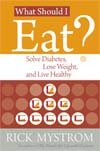 Rick Mystrom Radio Interview
Rick Mystrom Radio Interview When he published those overseas blogs as the book The Innocents Abroad, it would become a hit. But you couldn’t find it in bookstores.
When he published those overseas blogs as the book The Innocents Abroad, it would become a hit. But you couldn’t find it in bookstores.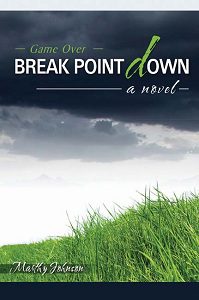 More NetGalley
More NetGalley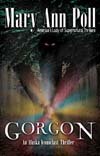 Mary Ann Poll
Mary Ann Poll
 Bumppo
Bumppo
 Computer Spell Checkers
Computer Spell Checkers Seven Things I Learned From a Foreign Email
Seven Things I Learned From a Foreign Email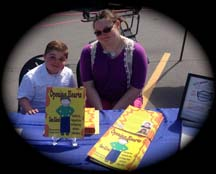 2014 Spirit of Youth Awards
2014 Spirit of Youth Awards Book Signings
Book Signings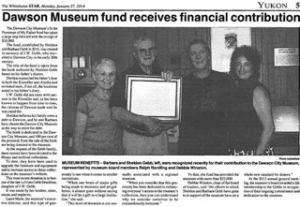

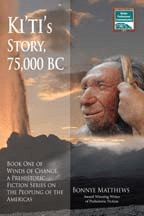
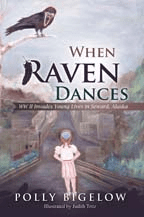 Blog Talk Radio
Blog Talk Radio Publication Consultants Blog
Publication Consultants Blog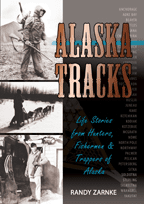 Book Signings
Book Signings
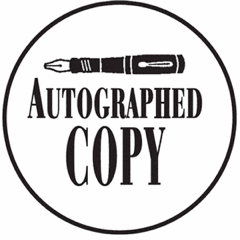
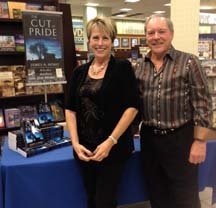

 Don and Lanna Langdok
Don and Lanna Langdok Ron Walden
Ron Walden Book Signings Are Fun
Book Signings Are Fun Release Party Video
Release Party Video
 Erin’s book,
Erin’s book,  Heather’s book,
Heather’s book,  New Books
New Books